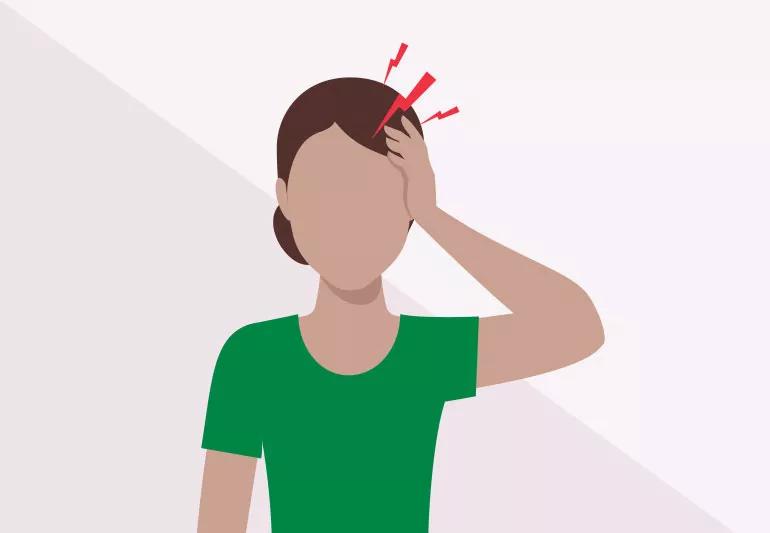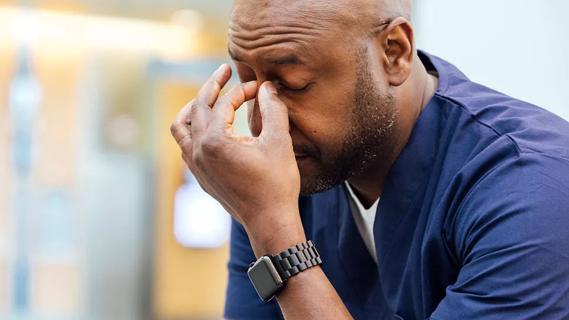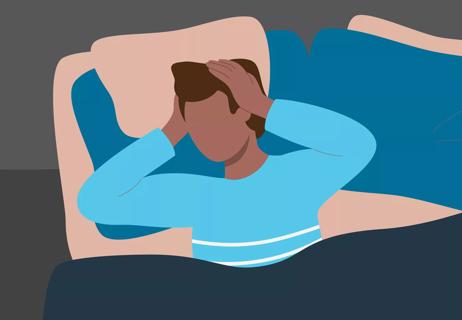The full answer from a headache specialist

A: Headaches can come in many forms. Because the way you experience headaches can vary (and so do their underlying causes), you should make sure you’re paying close attention to how the headaches are affecting you.
Advertisement
Cleveland Clinic is a non-profit academic medical center. Advertising on our site helps support our mission. We do not endorse non-Cleveland Clinic products or services. Policy
If you’re getting headaches only on one side of your head you shouldn’t worry, but you should make an appointment with your doctor. One-sided headaches can mean different things. But they often point to a group of disorders that will need a thorough exam to provide treatment.
According to headache specialist Emad Estemalik, MD, there are additional questions your doctor will focus on to identify what’s causing your one-sided headaches.
First, are the headaches continuous or do they come and go? And second, how long do the headaches last? Your answers help your doctor narrow down which category your headaches fall under.
When we talk about unilateral or one-sided headaches, there’s a distinct family of headache disorders trigeminal autonomic cephalgias (or TACs). There are four distinct types of headaches:
Advertisement
“If you have one-sided headaches, it really is important to seek an evaluation by a neurologist or a headache specialist,” Dr. Estemalik says. “A thorough exam is crucial for the proper treatment and brain imaging is often necessary to rule out any secondary causes.”
Advertisement
Learn more about our editorial process.
Advertisement

Exercising, hydrating and other natural remedies can help a headache without the meds

Certain components found in wine like tannins and histamines may be the culprit

TMJ pain can cause headaches, but chiropractic treatments, lifestyle adjustments and medication can help ease discomfort

Dehydration, spinal fluid leaks and other conditions can cause positional headaches when you stand up

It’s all about the amount — try to stick to 100 to 150 milligrams a day to reduce and prevent a pounding, throbbing head

Many factors, like dehydration, a cold or even your medication, can result in these common symptoms

Behind your eye, on one side of your face or as a band around your head — headaches are no fun

Yes, especially if you get migraines — but medicine can help

Start having sex about 72 hours before ovulation, then at least every other day during your fertile window

Attachment theory suggests that your earliest relationships shape connections throughout your life

It isn’t a recognized mental health disorder, but research shows that problematic social media use can negatively affect your mental health, self-esteem and sleep